By futureTEKnow | Editorial Team
The safe handling of radioactive waste has long been one of the most challenging—and dangerous—jobs in the energy sector. Traditionally, these tasks have relied heavily on human workers, exposing them to hazardous environments and the risk of radiation exposure. But a new wave of autonomous robots is set to change the game, bringing a blend of artificial intelligence, robotics, and advanced automation to one of the world’s most pressing environmental problems.
Radioactive waste segregation is a meticulous process. It requires careful sorting, identification, and handling of materials, often in environments that are not only hazardous but also difficult for humans to access. The stakes are high: improper segregation can lead to environmental contamination, regulatory violations, or even catastrophic accidents.
Enter autonomous robots. These machines are equipped with advanced sensors, AI-driven decision-making, and precision manipulators. They can navigate complex environments, identify different types of waste, and sort materials with a level of accuracy and speed that’s tough for humans to match. By reducing the need for direct human intervention, these robots dramatically lower the risk to workers and improve overall safety.
At the core of these robotic systems are machine vision and AI algorithms. Robots scan and analyze waste materials using cameras and sensors, then use machine learning models to classify and sort items based on type, radioactivity level, and required disposal method. Some systems even employ robotic arms capable of delicate, precise movements, allowing them to handle fragile or irregularly shaped objects.
The integration of automation, process control, and robotics enables real-time data collection and process verification. This not only boosts efficiency but also ensures compliance with stringent safety and environmental regulations. The result: less human exposure, fewer errors, and a more streamlined waste management process.
Efficiency: Robots can work continuously, without fatigue, and often at a faster pace than human crews.
Accuracy: Advanced sensors and AI reduce the chances of misclassification or mishandling.
Cost Reduction: Over time, automation can lower operational costs by reducing labor needs and minimizing costly accidents or regulatory fines.
Scalability: As the technology matures, it can be adapted to different waste streams and facility layouts.
The deployment of autonomous robots in radioactive waste management is part of a broader trend toward automated manufacturing and process automation in hazardous industries. From aerospace to chemical manufacturing, automation is enabling safer, more efficient operations by minimizing human-machine interaction in high-risk environments. However, these advances also bring challenges, including the need for robust cybersecurity and the high upfront investment in technology.
As robotics, AI, and automation technologies continue to evolve, expect to see even more sophisticated systems tackling the toughest jobs in waste management and beyond. The future of hazardous material handling is not just safer—it’s smarter, faster, and more sustainable.
For those tracking the intersection of emerging tech and environmental stewardship, the rise of autonomous robots in radioactive waste management is a clear signal: the Fourth Industrial Revolution isn’t just about efficiency—it’s about protecting people and the planet.
Founded in 2018, futureTEKnow is a global database dedicated to capturing the world’s most innovative companies utilizing emerging technologies across five key sectors: Artificial Intelligence (AI), immersive technologies (MR, AR, VR), blockchain, robotics, and the space industry. Initially launched as a social media platform to share technology news, futureTEKnow quickly evolved into a comprehensive resource hub, spotlighting the latest advancements and groundbreaking startups shaping the future of tech.

Bridgit Mendler’s Northwood Space is pioneering mass-produced ground stations, enabling scalable, high-speed connectivity for the new era of satellite networks and megaconstellations.
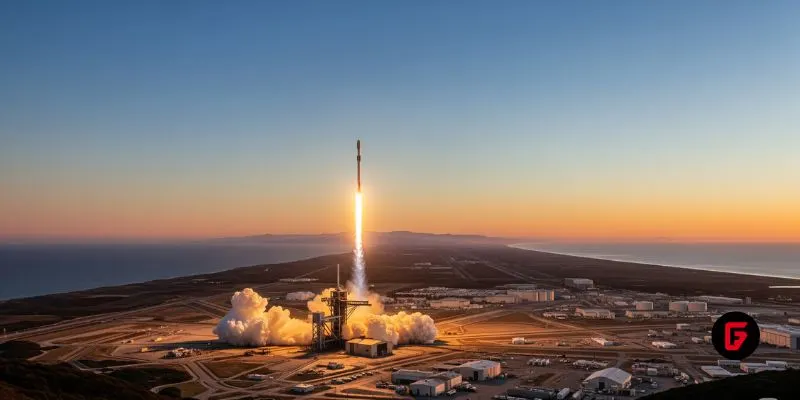
SpaceX aims to nearly double launches from Vandenberg in 2025, facing support from federal agencies but strong objections from the state and local communities.

Traditional Medicare will pilot AI-assisted prior authorization in 2026 across six states, focusing on high-risk outpatient services. Clinicians retain final say, but incentives and access concerns loom as CMS tests fraud reduction and “gold card” exemptions. Here’s what providers and patients should know.
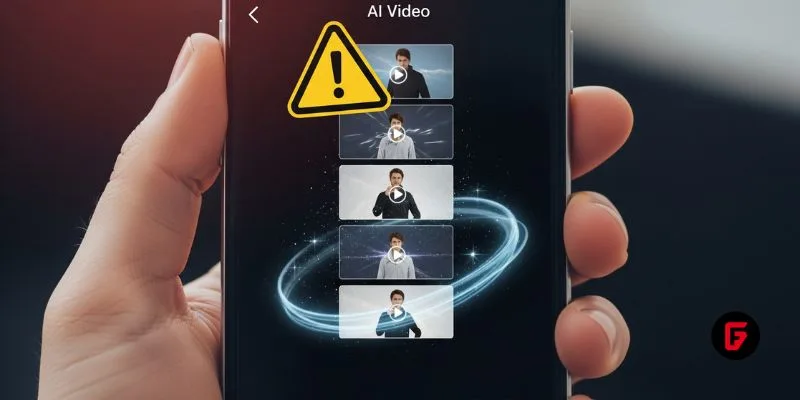
OpenArt’s new “one-click story” compresses scripting, visuals, and edits into ready-to-post short videos—fueling viral growth and a fresh IP debate. We break down how it works, adoption signals, what’s next (multi-character, mobile), and practical guardrails creators and brands should follow to stay original and compliant.
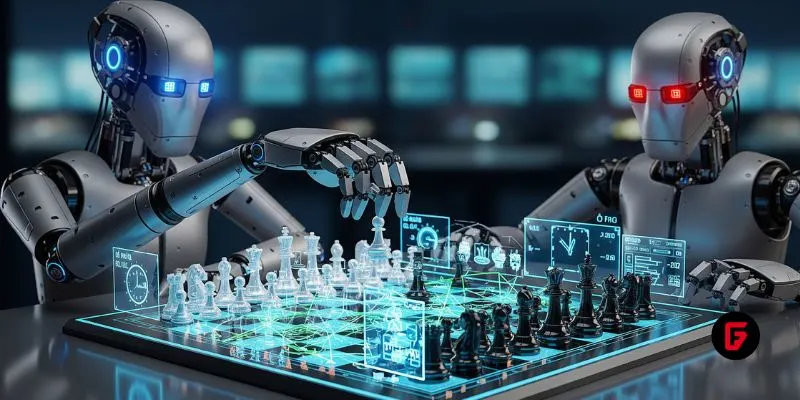
OpenAI’s o3 swept the Kaggle AI chess tournament, defeating xAI’s Grok 4–0. The victory fueled the intense rivalry between Altman and Musk, reshaping AI benchmarks.
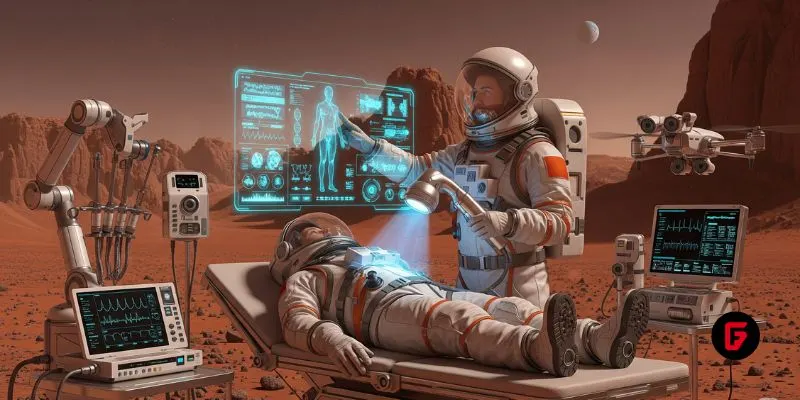
NASA and Google’s AI-powered Crew Medical Officer Digital Assistant enables autonomous diagnoses for astronauts on Mars missions, redefining remote healthcare for space and Earth.
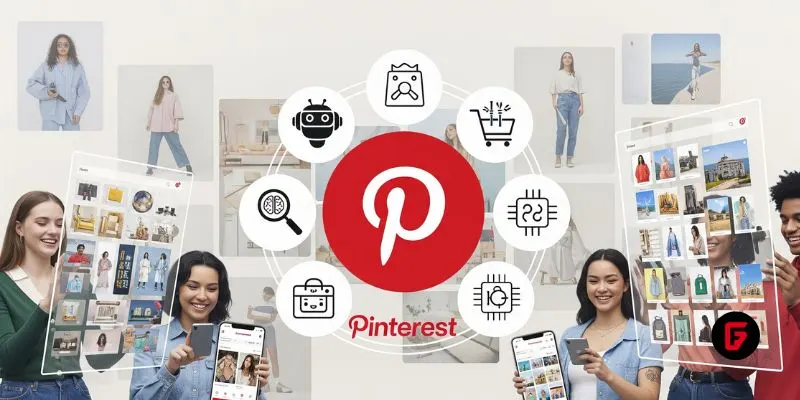
Pinterest’s CEO confirms that fully agentic AI shopping is years away, as the platform invests in AI-powered tools to enhance discovery, inspiration, and personalized shopping experiences for millions.

Shopify’s new AI shopping tools are transforming e-commerce, letting agents and chatbots deliver smooth, personalized shopping and checkout experiences across platforms. Learn how these innovations reshape online retail.
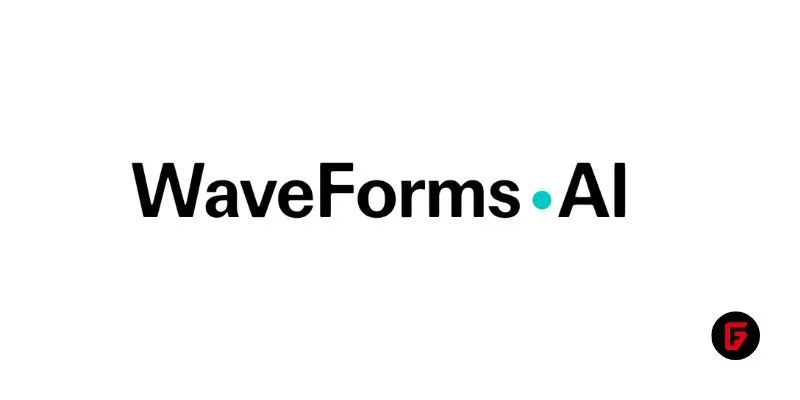
Meta has acquired WaveForms AI, a startup pioneering emotion-detecting voice technology. Learn what this means for Meta’s AI voice ambitions and the future of AI audio.

Tracelight is revolutionizing financial modelling for finance professionals with AI-powered Excel tools that automate complex tasks, reduce errors, and unlock new analysis capabilities. Learn how this next-gen solution changes the future of spreadsheets.

China’s Lanyue lander completed its first major test, showcasing advanced engineering for safe, crewed moon landings before 2030. Explore how this milestone shapes the space race.

Microsoft rolls out GPT-5 across its Copilot suite, integrating smarter AI for enterprise and personal users. Discover new features, free access, and what sets this launch apart.
To provide the best experiences, we use technologies like cookies to store and/or access device information. Consenting to these technologies will allow us to process data such as browsing behavior or unique IDs on this site. Thanks for visiting futureTEKnow.